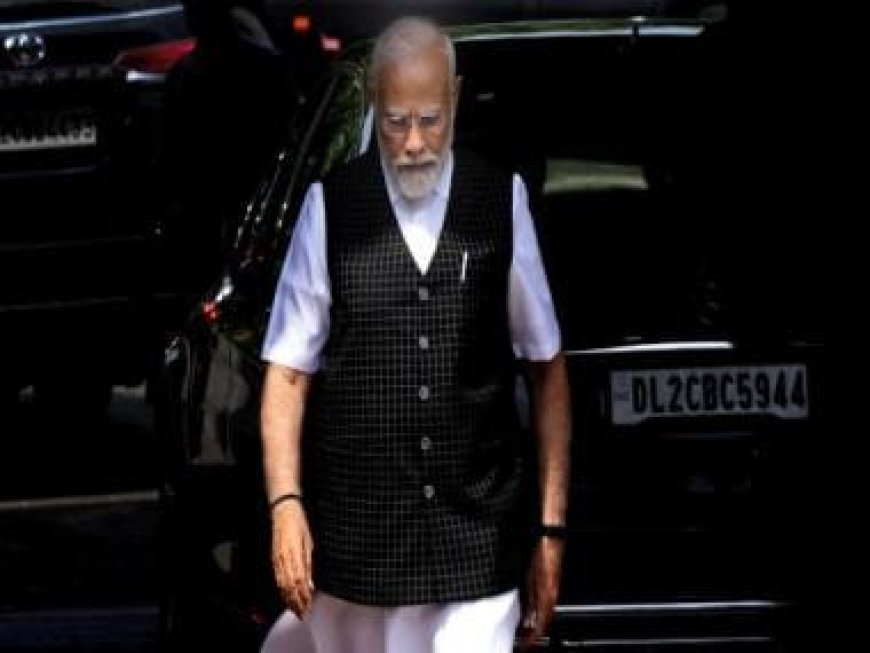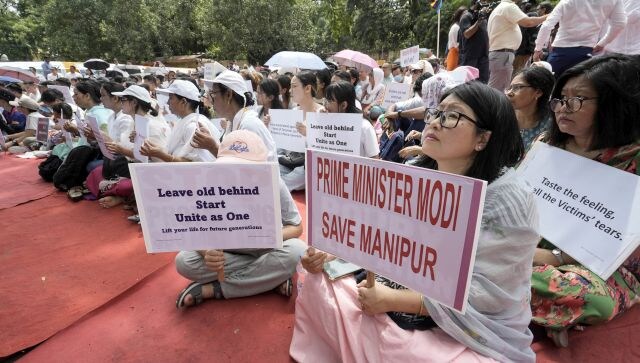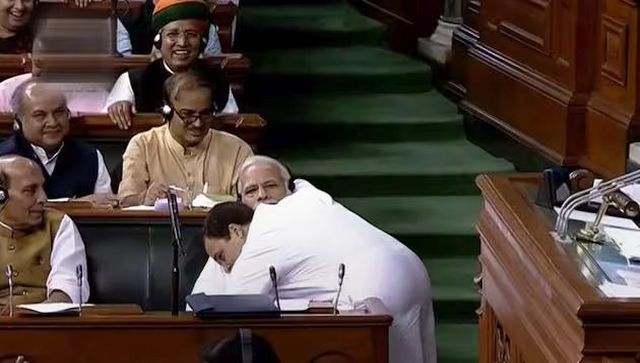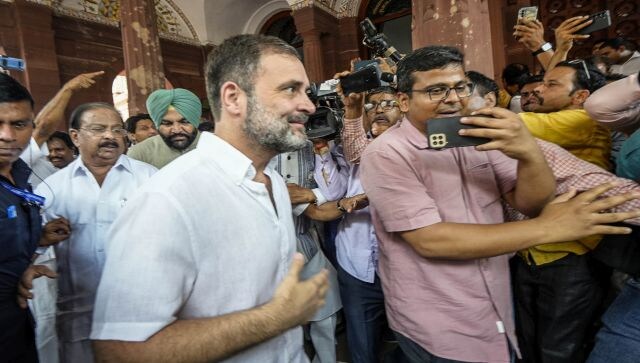No-trust motion in Parliament: What’s Opposition’s motive if it doesn’t have the numbers?
No-trust motion in Parliament: What’s Opposition’s motive if it doesn’t have the numbers?

The Parliament is going the see a whole lot of action. The debate on the no-confidence motion is up for discussion in Lok Sabha on Tuesday, 8 August, and Wednesday, 9 August, before being put to vote. Prime Minister Narendra Modi is expected to reply on Thursday, 10 August.
The Congress, as part of the newly formed opposition alliance, INDIA, and Telangana’s Bharat Rashtra Samithi (BRS) filed two separate no-confidence motions against the Modi-led government. It was accepted by Lok Sabha Speaker Om Birla on 26 July. The move comes amid a parliamentary impasse over ethnic clashes which have gripped Manipur since 3 May, leaving over 160 dead and rendering thousands homeless.
What is a no-confidence motion?
In a parliamentary democracy, a government can function only if it has majority support in Lok Sabha.
A no-confidence motion is used as a tool by the Opposition to express its lack of confidence in the government. It can be moved by any member of the House but only in the Lok Sabha and not the Rajya Sabha.
If any member of the House feels that the government does not have the majority, they can turn to the no-trust motion. Rule 198 of the Rules of Procedure and Conduct of Lok Sabha specifies the procedure. The member has to give a written notice of the motion before 10 am which will be read out by the speaker in the House.

A minimum of 50 members have to support the motion and the speaker will accordingly announce the date for discussion for the motion. The allotted date has to be within 10 days from the day the motion is accepted. If not, the motion fails and the member who moved the motion has to be informed about it.
If accepted, the party in power has to prove its majority in the House. If the government fails to do so, it has to resign.
Does the Modi government have the numbers?
Yes, the Modi-led National Democratic Alliance (NDA) has the numbers. The majority mark in 543-member Lok Sabha is 272. The Bharatiya Janata Party (BJP) alone has 303; the strength of the ruling NDA is 331.
The opposition INDIA alliance has 144 members and K Chandrashekar Rao’s BRS, YS Jagan Reddy’s YSR Congress Party (YSRCP) and Naveen Patnaik’s Biju Janata Dal (BJD) have combined strength of 70.
The government has got the support of YSRCP’s 22 MPs and BJD’s 12.
With no numbers, what is the Opposition’s motive?
The no-confidence motion has been used as a strategic tool to question the ruling government, highlight its failures and debate them in the House.
The numbers are stacked heavily in favour of the NDA, but the Opposition will use it as an opportunity “expose the fallacy” of the Modi government’s double-engine government argument, ahead of key state elections and 2024 Lok Sabha polls, according to a report in The Indian Express.
The Opposition is not expecting to get the motion passed. Its main aim is to get the PM to speak on the Manipur issue.

“INDIA alliance is aware of its numbers in the Lok Sabha but this is not just about numbers. This is about Manipur’s fight for justice,” Congress MP Gaurav Gogoi, who brought the motion to the House said earlier. “A message should go out to the brothers and sisters of Manipur that PM Modi might have forgotten Manipur but INDIA alliance stands with them in this hour of grief and we are fighting for their rights, inside the Parliament,” he added.
Has the Modi government faced a no-trust vote before?
Yes, it has. The last no-confidence motion was faced by the NDA government in 2018. It defeated the motion brought on by Andhra Pradesh’s Telugu Desam Party, which claimed that the Centre had failed to provide Andhra Pradesh with sufficient funding, by 199 votes. While 126 members supported the motion, 325 MPs rejected it.
There was a raging 12-hour debate in the Lok Sabha. But the highlight was when Rahul Gandhi, after a speech, walked over to the PM and embraced him. He then returned to his seat and winked at his Congress colleagues.

Have governments failed the no-trust vote?
The VP Singh government lost a no-confidence motion after the BJP withdrew support over the Ram Temple issue in November 1990. He immediately handed over his resignation to then-President R Venkataraman.
Deve Gowda was picked to lead the United Front coalition government with the support of Congress in June 1996. However, 10 months later, the Sitaram Kesri-led Congress withdrew its support. In a no-confidence motion on 11 April 1997, Gowda’s 13-party coalition bagged 158 of the 545 seats in the Lok Sabha.
Atal Bihari Vajpayee faced two no-trust motions during his tenure as PM. His government lost the first one by a single vote on 17 April 1999 after the Jayalalitha-led AIADMK withdrew support. However, he led the BJP back to power and won the second no-confidence motion against his government in 2003.
What can we expect today?
The no-confidence motion will be moved by the member who submitted it and in the case of Congress that will be Gaurav Gogoi. The Opposition parties will then speak on it.

Congress leader Rahul Gandhi is expected to lead the debate as Lok Sabha restored his membership on Monday following a Supreme Court verdict that stayed his conviction in the Modi surname case.
The BJP has issued a three-line whip to its Lok Sabha MPs, asking them to be present in the house from 7 August to 11 August.
With inputs from agencies
What's Your Reaction?



























































